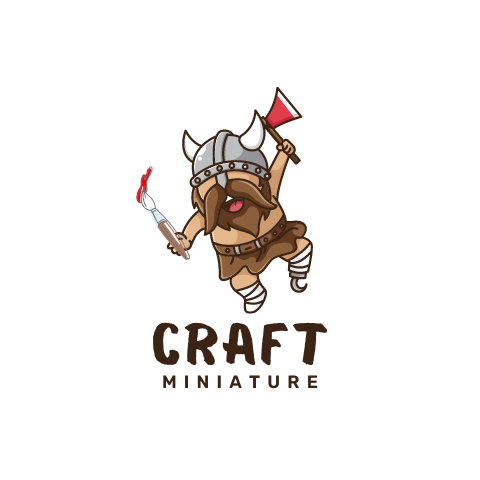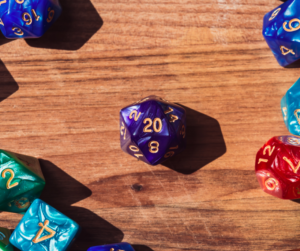Metal miniature painting can be a daunting task for some, but with the right tools and techniques, it can be a fun and easy process. This article will discuss the different types of paints used and the best ways to apply them. We’ll also cover basic cleaning and finishing techniques to help you create a professional finish to make your metal miniature figurines look realistic.
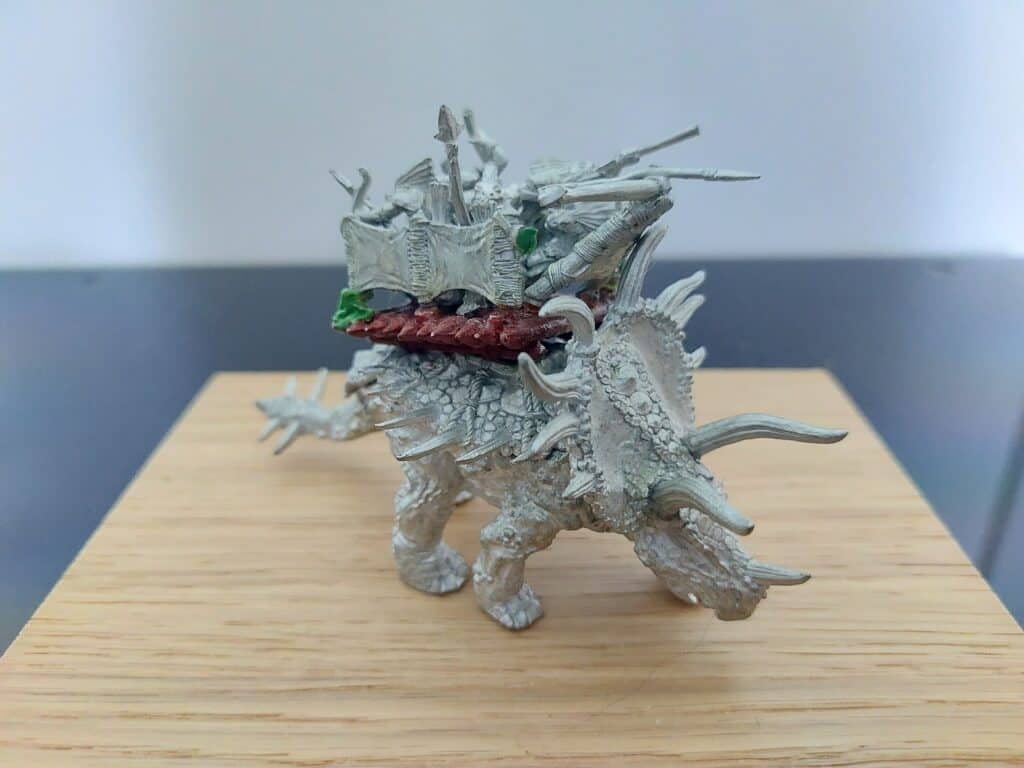
What are metal miniature figurines?
Metal miniature figurines are small, detailed sculptures typically used in tabletop games. They are usually made of pewter, zinc, or lead. Metal miniatures are often painted to look like real people or creatures and can be very intricate.
If you want to learn more about the fundamental differences between plastic and metal miniatures, we encourage you to read our article comparing the two different models.
Why should you paint your metal figurines?
Painting your metal figurines can bring them to life and make them look more realistic. It can also be a fun and relaxing hobby in itself. Painting metal miniatures can be challenging, but the results are often gratifying.
The different types of paints that can be used on metal figurines
The most common types of paint used on metal figurines are acrylics, enamels, and lacquers. Acrylics are the most user-friendly type of paint and can be thinned with water. Enamels require the use of solvents and have a strong odor. Lacquers are the most durable type of paint but require special equipment and ventilation.
The type of paint you use will depend on your personal preference and the look you are going for. Some painters prefer to use multiple types of paint to achieve different effects.
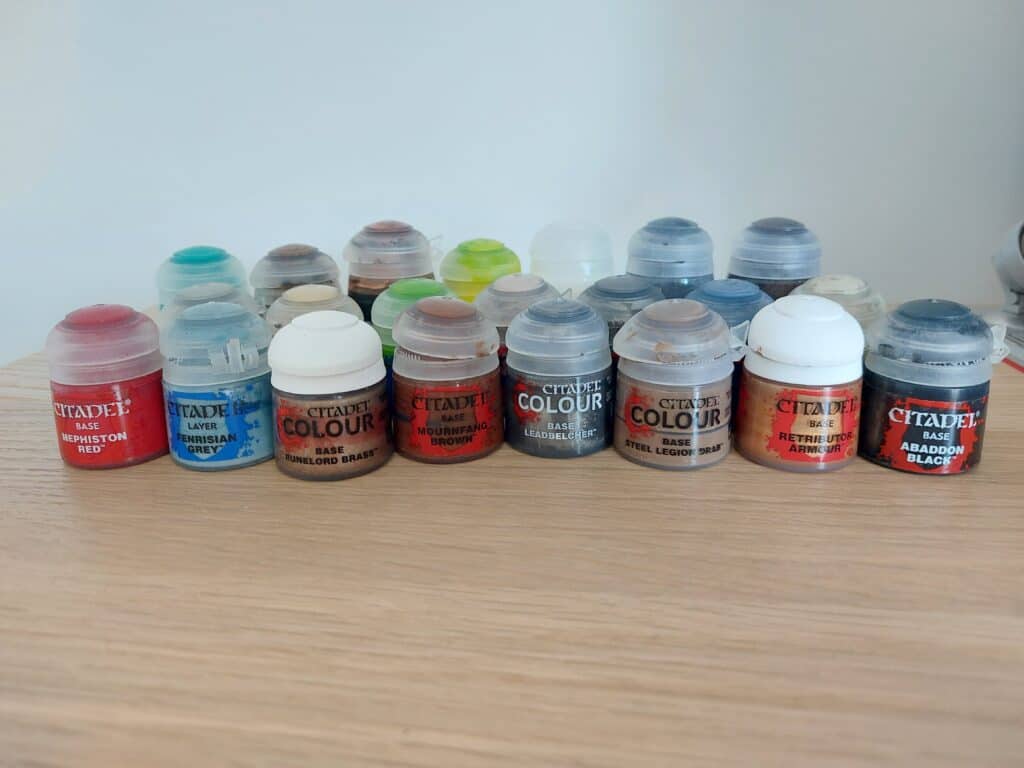
What do you need to paint metal miniatures?
In addition to painting, you will need other supplies before you can start painting your metal figurines. Here is a list of the essential items:
- A work surface: You will need a flat surface to work on that is well-lit and ventilated. Cover your work surface with newspaper or a drop cloth to protect it from paint.
- Paintbrushes: Invest in a good set of paintbrushes in various sizes. Synthetic brushes are best for painting with acrylics.
- A palette: A palette is a flat surface where you can mix your paints. You can buy a disposable palette at a craft store or use an old plate or tray.
- Paint thinners: Paint thinners are used to clean paintbrushes and thin paint. Mineral spirits or rubbing alcohol can be used as paint thinners.
- A cup of water: This is for rinsing your brushes between colours.
- Paper towels: Paper towels are useful for wiping up spills, cleaning your brushes, and removing excess paint from your brush before painting.
- A sealant: sealant protects your paint job and gives it a glossy finish.
- A primer: primer provides a good foundation for your paint job and can help your paint adhere better.
- Paint: Choose the type of paint you want to use. Acrylics, enamels, and lacquers are all suitable for painting metal miniatures.
Optional items:
- Putty or Epoxy Resin: for repairing cracks or filling in voids
- Fine Sandpaper: for smoothing out rough surfaces.
How to paint metal miniatures
- Remove any abrasions, mold lines, and extra cast metal – This is not the case with all metal models, but if you see any areas of your model that are due to imperfections in the production process – remove them with fine sandpaper.
- Fill in any imperfections – Once you’ve removed them, it’s time to fill in any voids with putty. This will create a smooth surface for painting. Again this will not apply to all miniatures.
- Clean your miniatures – Before you start painting, it is essential to clean your metal figurines. You can do this by soaking them in soapy water and then rinsing them off.
- Prime your miniatures – Once they are clean, you will need to prime them. This step is essential as it helps the paint to adhere to the metal surface. There are many different types of primers available, so you must choose one that is compatible with the kind of paint you are using. We cover all detail about priming your miniatures with our priming guide.
- Apply a base coat – Once your figurines are primed, you can start painting them! Begin by applying a base coat of paint. This will be the primary colour of your miniature, the colour that your model is predominantly made up of.
- Apply detail to your model – Be sure to use thin layers of paint, so the details do not run into one another while wet.
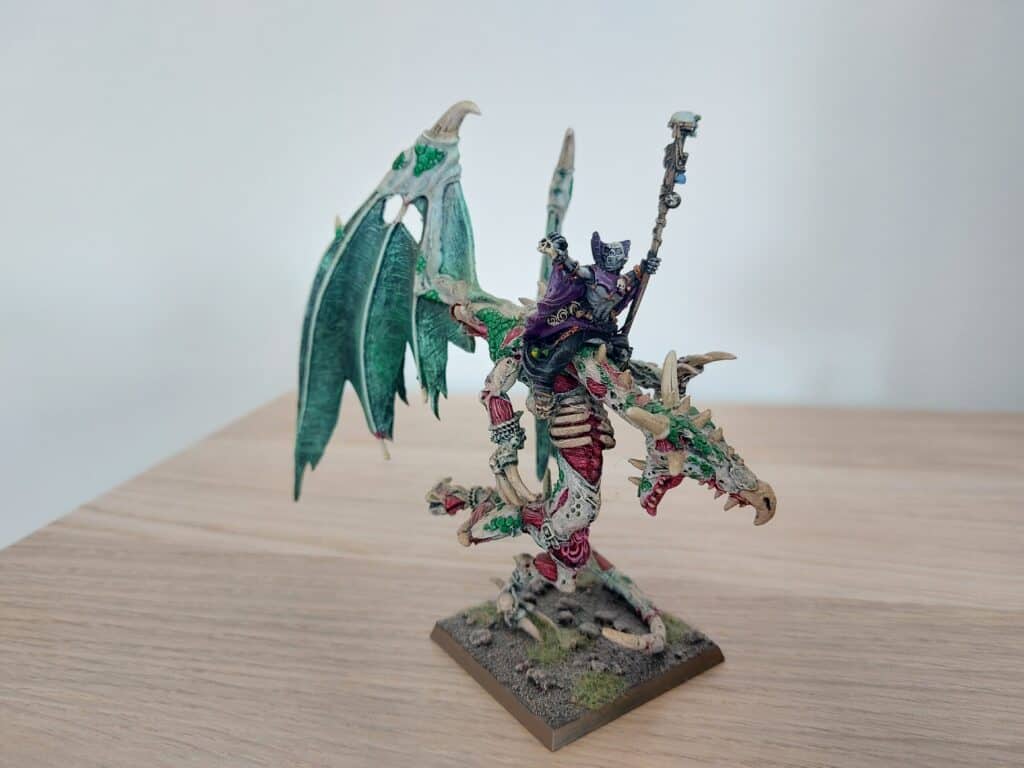
- Finish and seal your miniature – When you are finished painting, you will need to seal your figurines. This step is essential as it will protect your models from scratches and damage. Metal figurines are highly susceptible to chipping when dropped or bumped, so this is an important step. You can use a clear lacquer or varnish for this.
- Allow your miniature time to dry – Once your figurines are sealed, you will need to give them time to dry. This can take anywhere from a few hours to a few days depending on the type of paint and sealant you have used.
- Store or display your miniature – Once your model is dry, you can store it in a safe place or display it for all to see!

There are many different ways to paint metal miniatures. The most popular method is to use an airbrush. Airbrushing allows you to apply the paint evenly and in thin layers. This is the best way to achieve a professional-looking finish. If you do not have an airbrush, you can still paint your figurines using a brush. Be sure to use thin layers of paint and allow each layer to dry completely before moving on to the next.
Painting metal miniatures can be a fun and rewarding hobby. You can create beautiful and realistic figurines with the right tools and techniques. Be sure to follow the steps outlined in this article for the best results.
How to apply paints to achieve a realistic finish
When painting metal miniatures, it is important to use thin layers of paint. This will help to prevent the paint from blurring the details. It is also essential to allow each layer of paint to dry completely before moving on to the next.
One way to achieve a realistic finish is first to paint the figurine with a base coat of paint as outlined above. You want to ensure this is the primary colour of your model and that you allow this coat of paint to dry before moving on to the next step in the process above.

Another way to achieve a realistic finish is to first paint the figurine with a dark colour such as black or dark green. Once the dark colour is dry, you can start lightly brushing a light colour over the miniature. This technique is called ‘dry-brushing’ and can help create a realistic look by adding shading and detail. You can learn more about ‘dry-brushing’ in our detailed guide.
Once you have finished painting your figurines, you will need to seal them. This step is essential as it will protect your miniatures from scratches and damage. Metal figurines are highly susceptible to chipping when dropped or bumped, so this is an important step. You can use a clear lacquer or varnish for this.
Allow your miniature time to dry – Once your figurines are sealed, you will need to give them time to dry. This can take anywhere from a few hours to a few days depending on the type of paint and sealant you have used.
Frequently Asked Questions – Painting Metal Miniatures
Do you need to prime metal miniatures?
You do not need to prime metal miniatures. However, doing so is recommended as it will help your paint to adhere better and prevent the paint from chipping.
Does citadel paint work on metal models?
Citadel paint can be used on metal models. However, you may need to use a primer first to help the paint adhere better.
Can you use acrylic paint on metal models?
You can use acrylic paint on metal models. However, you will need to use a primer first to help the paint adhere better.
How do you seal acrylic paint on metal?
You can use a clear lacquer or varnish to seal acrylic paint on metal. This will protect the paint from scratches and damage. You can check out our guide to varnishing miniatures that will help to answer all your questions on this topic.
Final Thoughts
Painting metal miniatures can be a fun and rewarding hobby. You can create beautiful and realistic figurines with the right tools and techniques. Be sure to follow the steps outlined in this article for the best results. Happy painting and gaming!
